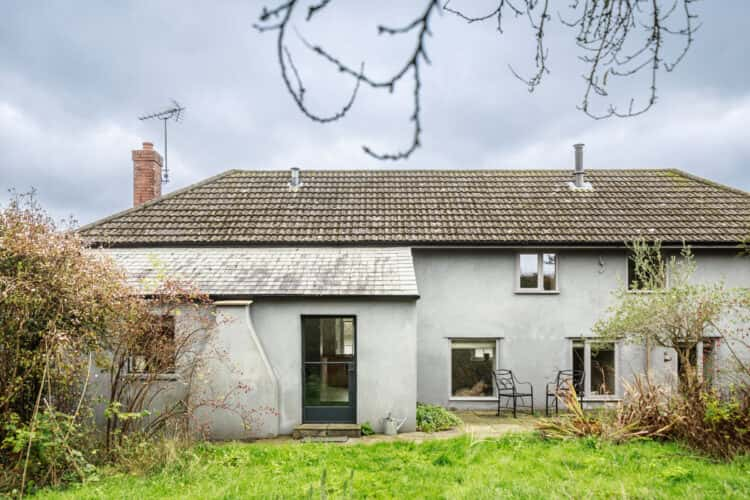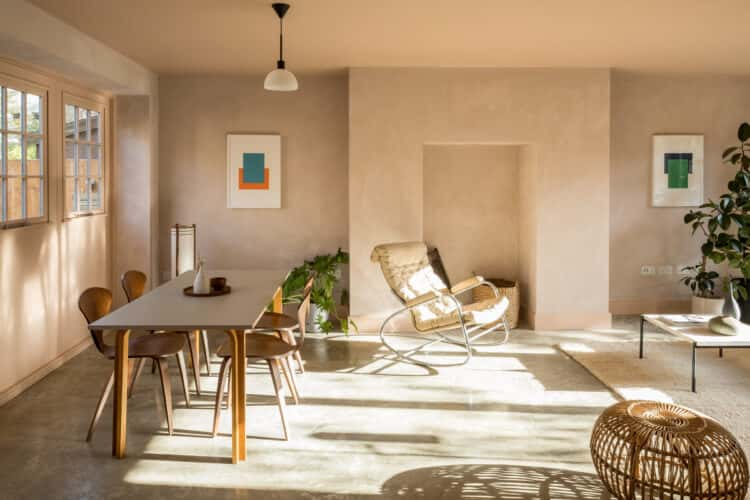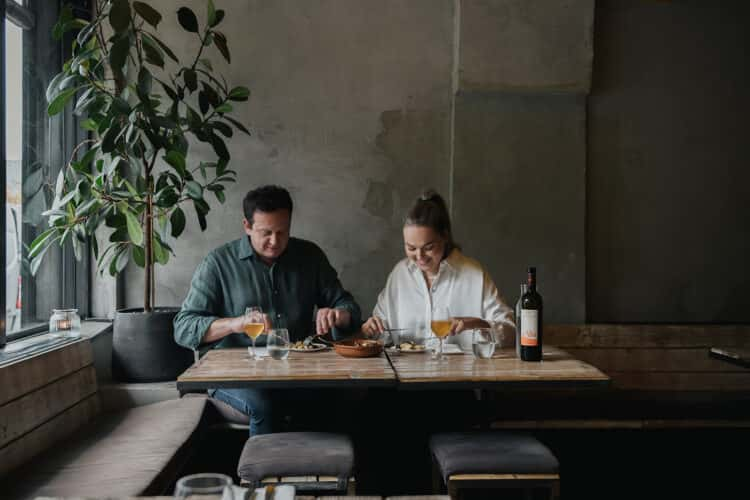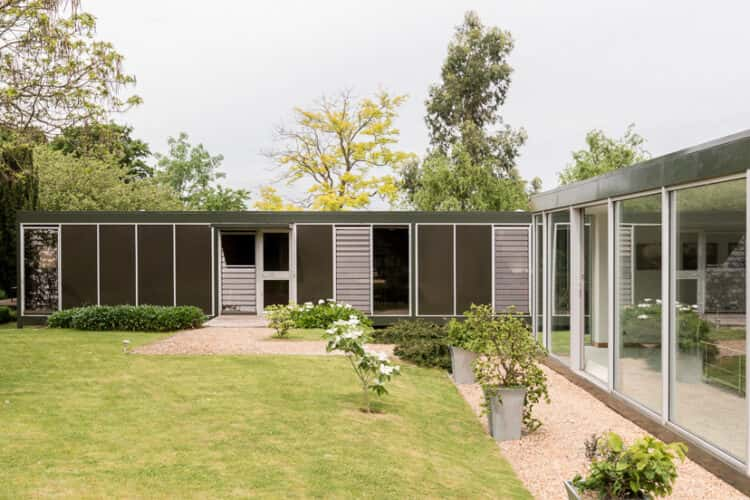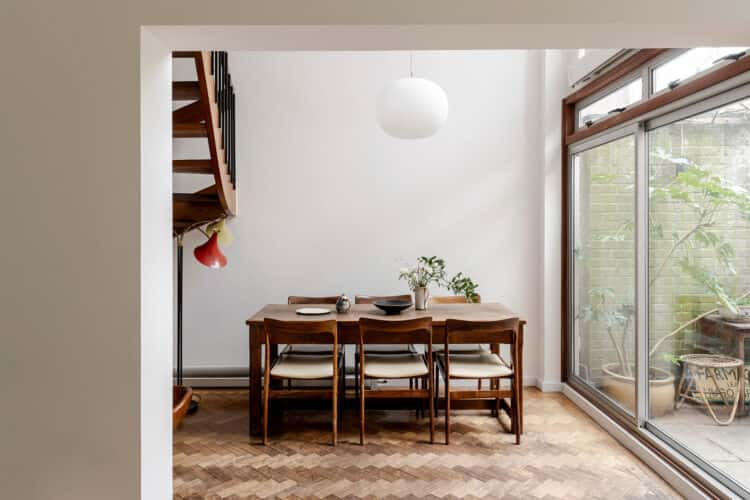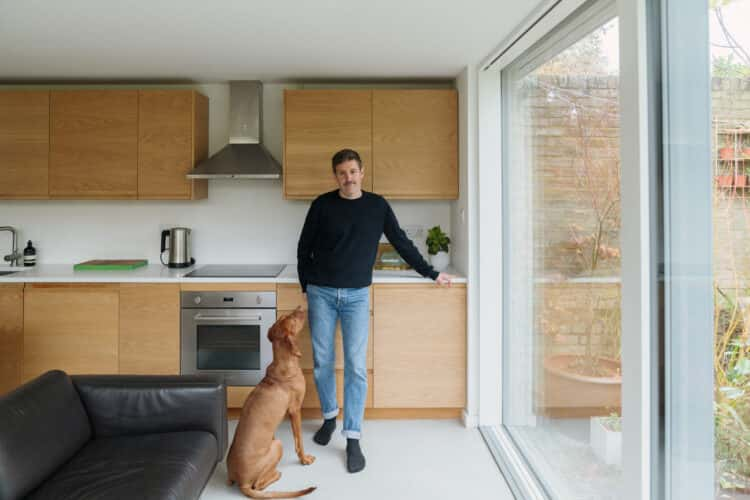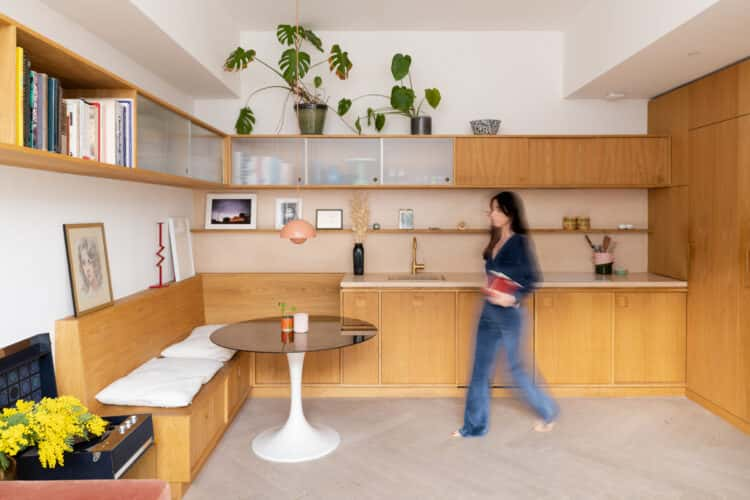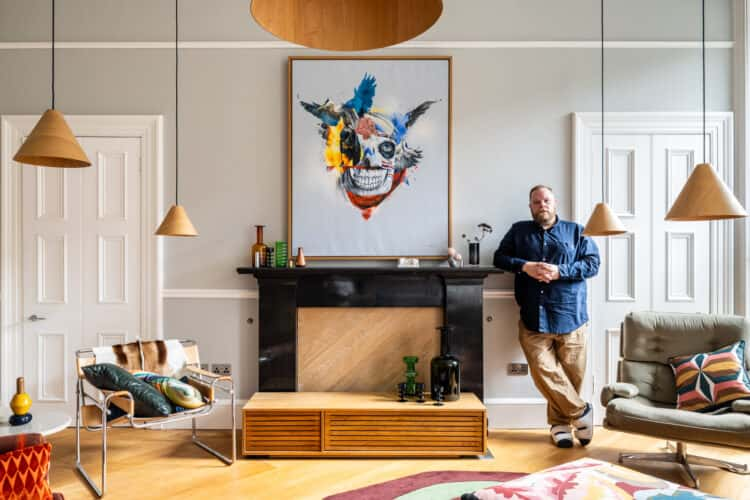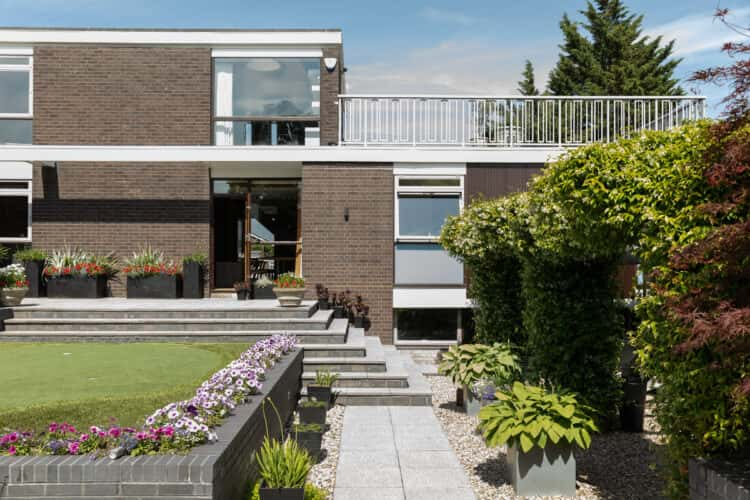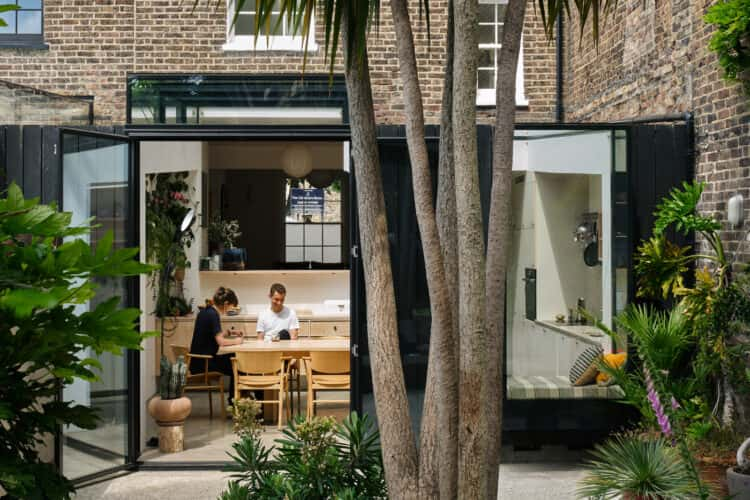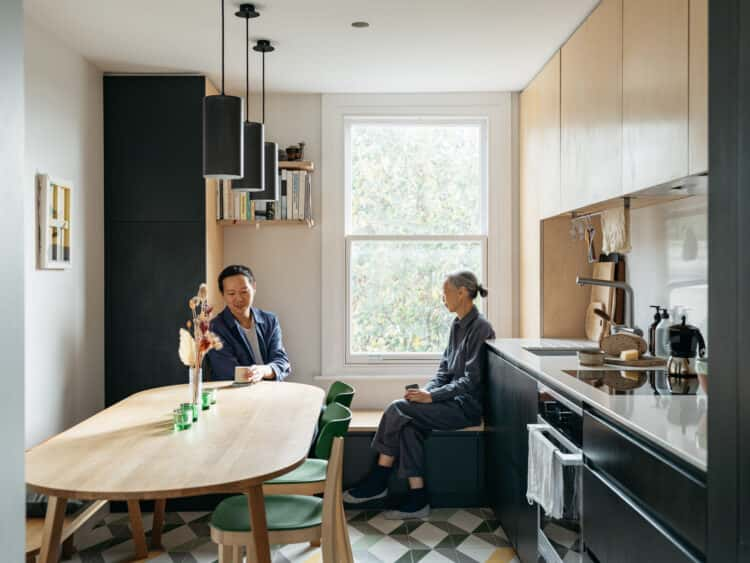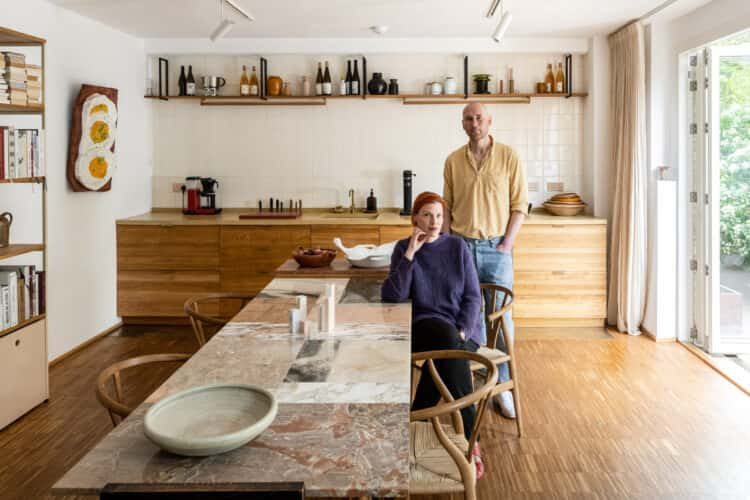Antique dealer Janice Mills on breathing new life into an old cob house in Dorset
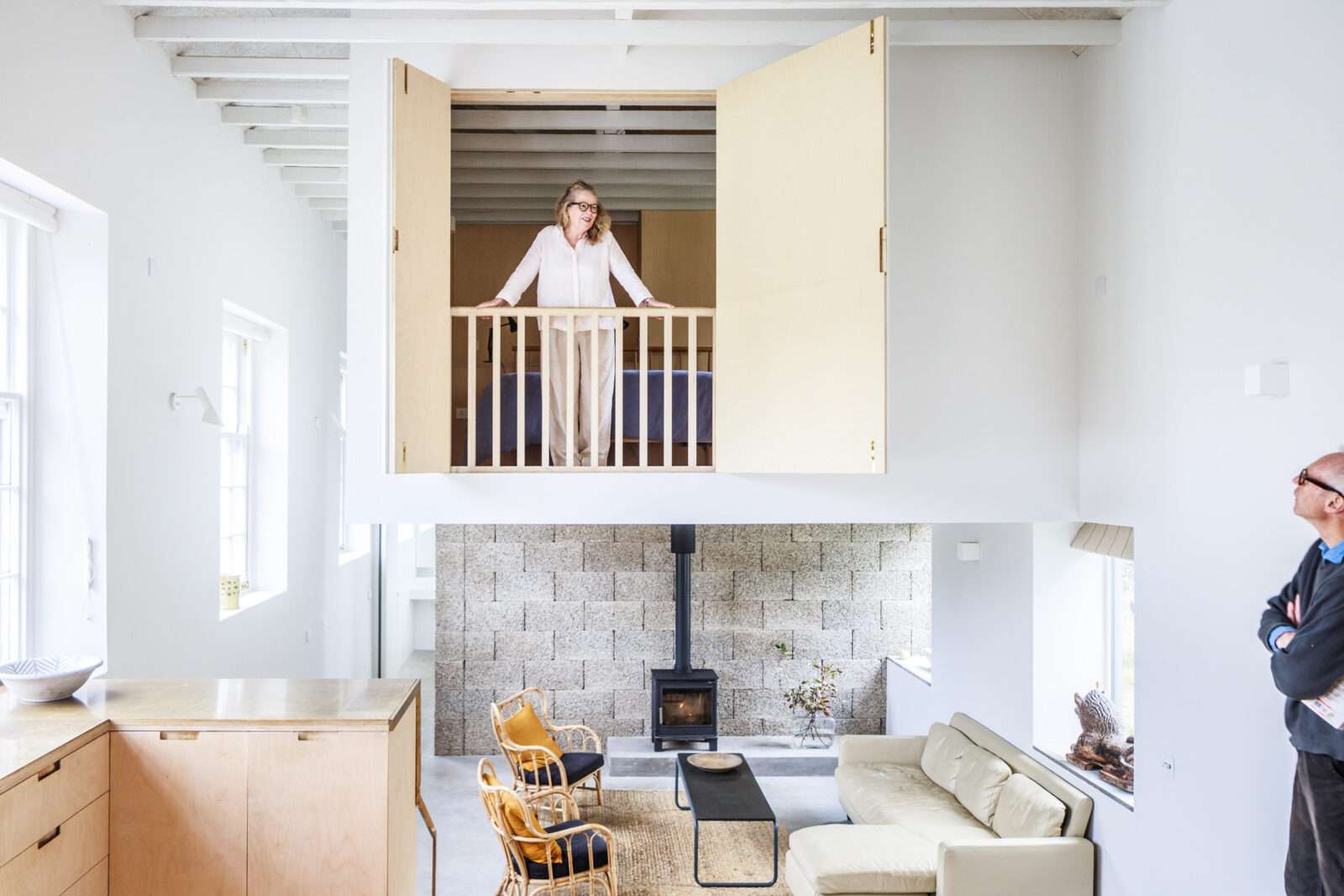
In 2013, Oliver and Janice contacted the award-winning architecture studio, McLaren.Excell, inviting them to collaborate on a project that involved bringing the interiors right up to date. Together, they have designed the house anew as a pared-back space for grown-up gatherings. “Our children are in their 30s now,” explains Janice who – along with Oliver – divides her time between Dorset and Kent. “They bring their friends here and we bring ours. We love being able to spend time here with people over three or four days: it’s a richer, more intimate experience.” Now in their 70s, Oliver and Janice are looking to simplify their life. As their family home comes on the market, we talk to Janice about her memories of being here, her bold vision for the interiors and the “cossetting” space they have sculpted within the building’s original walls.
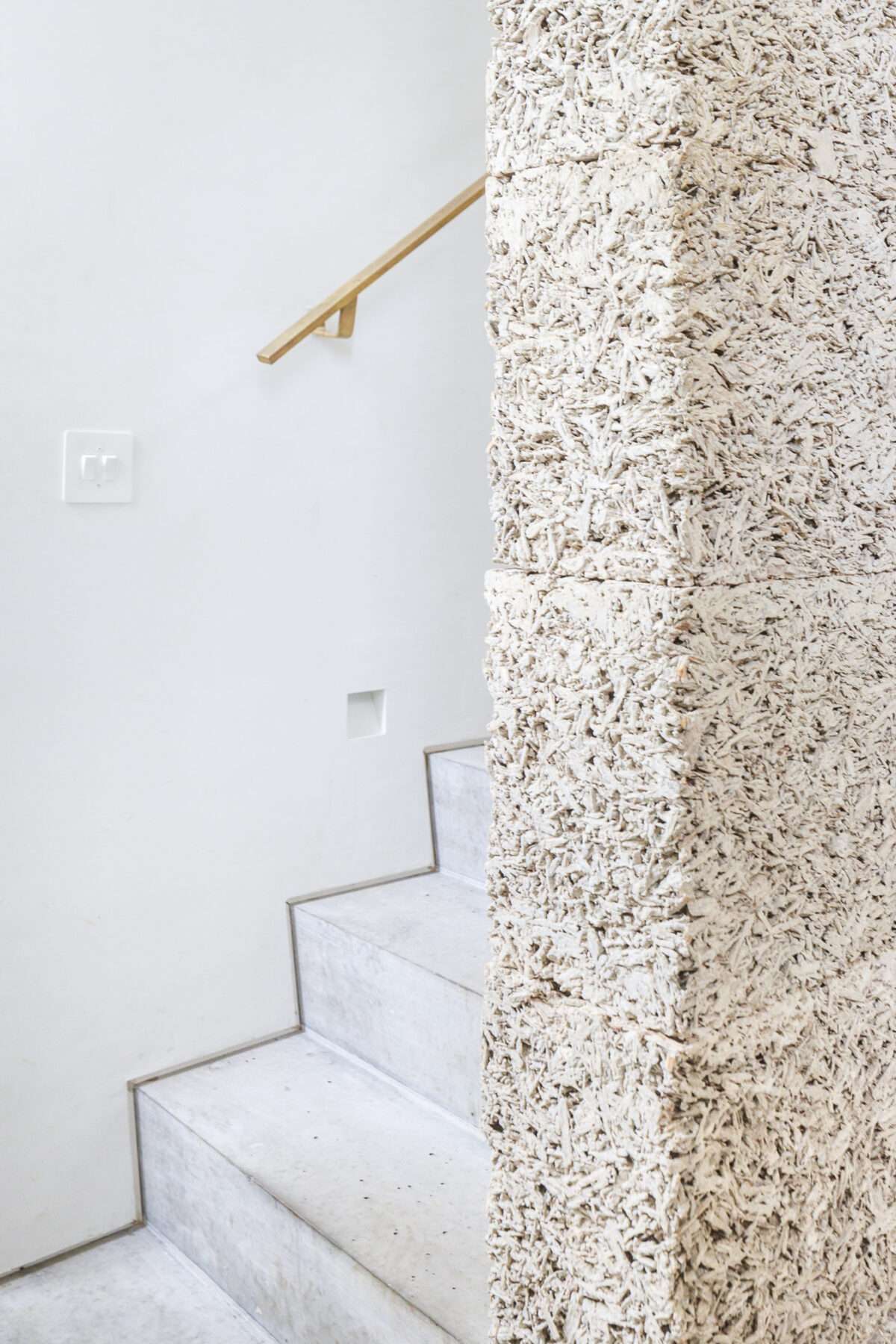
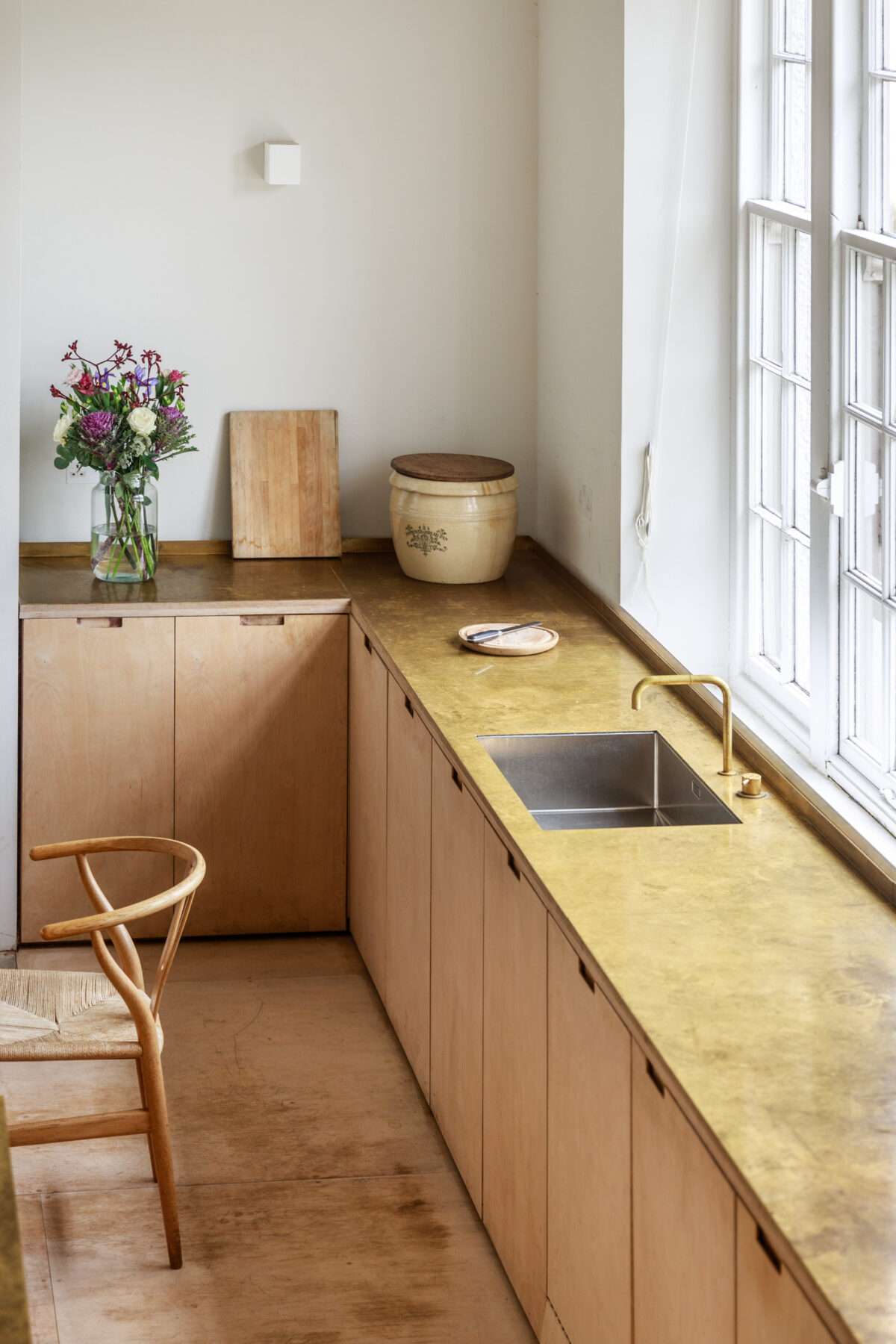
Janice: “This was the home of my much-missed mother-in-law, Pat Mills. She moved from Kent in 1973 and lived here until her death in 2013, so it is a house that holds many memories for our family. When Pat died, my husband, Oliver, and I bought the house from his siblings. We live in Kent, but we wanted to keep the house in the family, so we decided to take it on as a project.
“I’d seen a photograph of a renovated barn in a magazine that had the exact aesthetic I wanted to create. The project was the work of McLaren.Excell, so I got on the phone. Fortunately, Luke McLaren picked up. I talked him through the idea, thinking he wouldn’t be very keen, but to our surprise, he said: ‘If it’s interesting, we’re interested.’
“The building is an old cob house. Cob is dug locally from the ground and mixed with natural materials such as lime, sand, straw – even horse manure, depending what’s available in the area. Originally, we believe this was a thatched barn built in the 1830s as part of a much larger estate. At some point in the 1840s, the building was turned into a village school. Victorian floorboards were laid and large sash windows were added at the front. By the time my mother-in-law moved in, it had been converted into a single-storey home: the floors had been raised and the roof lowered to give it a more domestic scale.
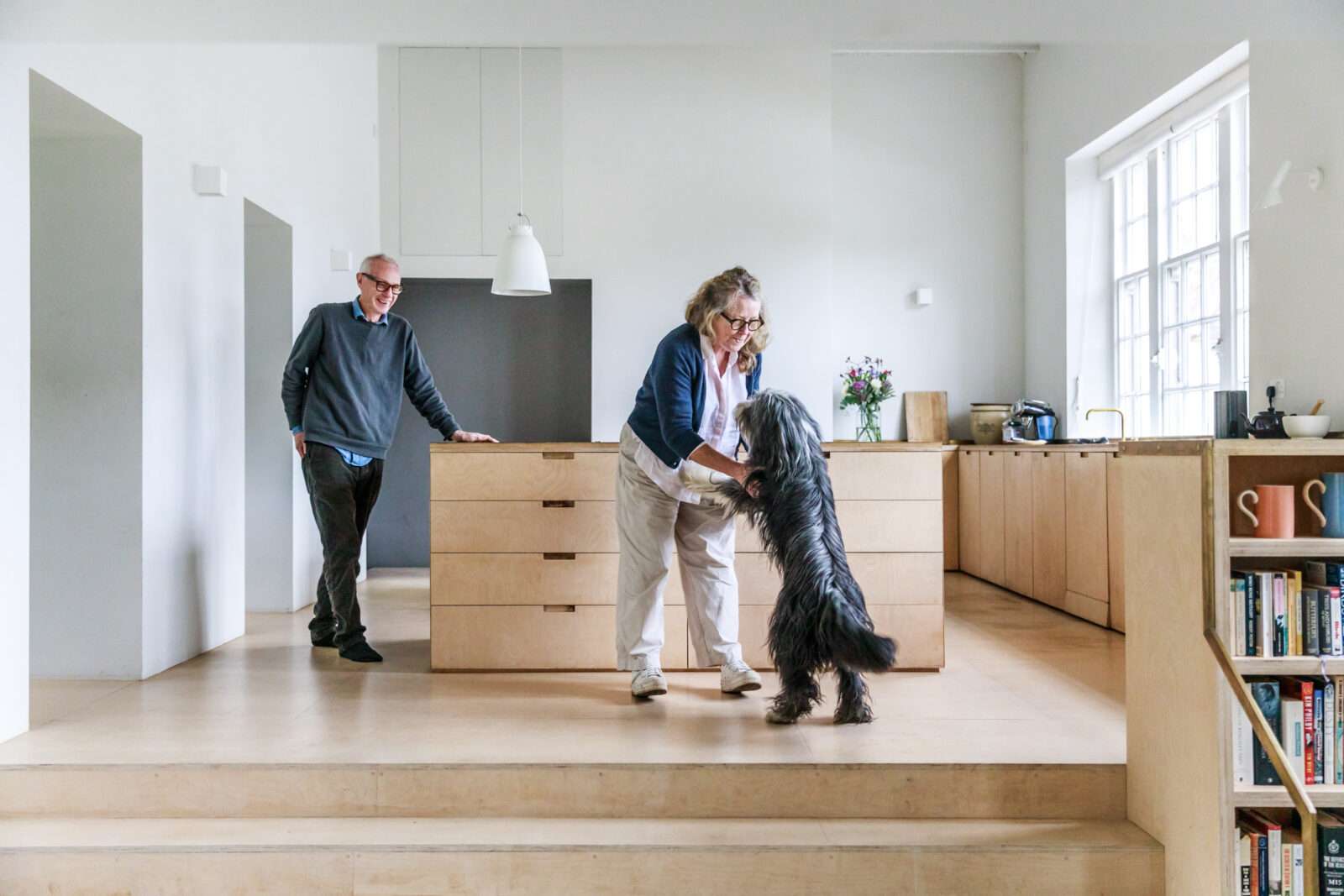
“During her time here, Pat lived very sparely. She had been at Bletchley Park during the war, so she was used to quite tough conditions. The layout consisted of one large living space, three very small bedrooms and a bathroom. There was a dilapidated conservatory at the rear of the building. Her mentality was very much: ‘It’ll see me through.’
“Despite the spartan interiors, we have lovely memories of spending time here with our three young children. We would visit Pat for Easter and often for a week during the summer holidays. She was a wonderful cook and my children recall baking biscuits with her, as well as fishing for tiddlers in the chalk stream that runs through Bere Regis. Pat was a great nature lover, so she wouldn’t let the children catch the house spiders that lived here with her. One summer, the children discovered a line of ants marching across the kitchen work surface and up into an open bottle of blackcurrant juice. They still remember Granny scooping the ants out of the sticky syrup to save them.
“When the architects, Luke and Rob, first saw the house, they arrived on site slightly before us and managed to climb in through one of the huge sash windows. They were incredibly enthusiastic about the project right from the start. I remember Rob saying: ‘This is going to be incredible.’
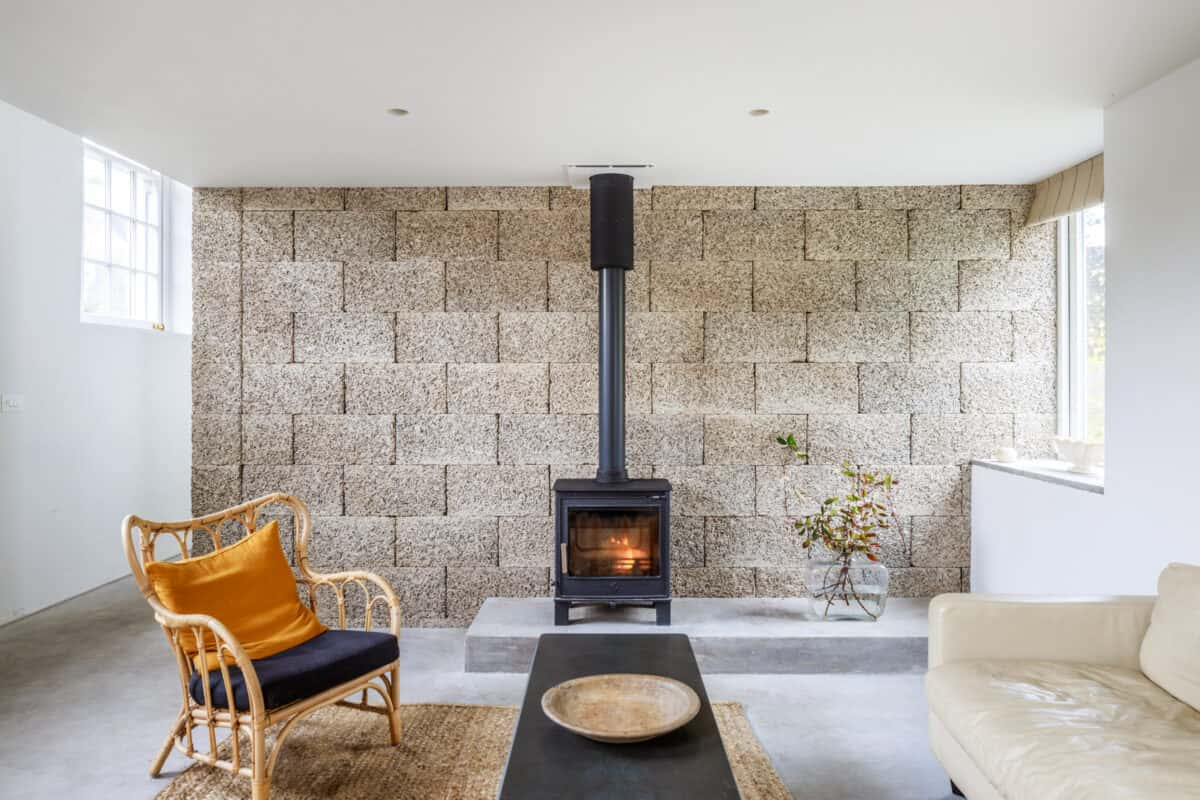
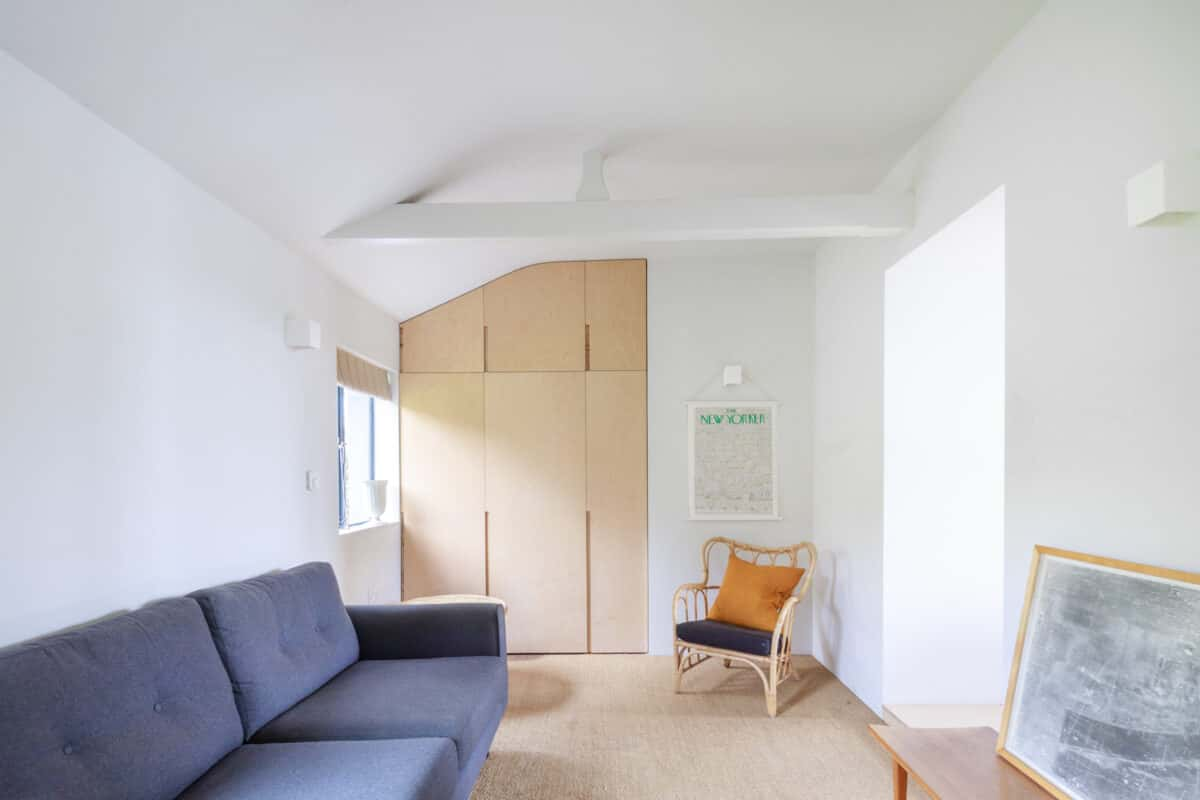
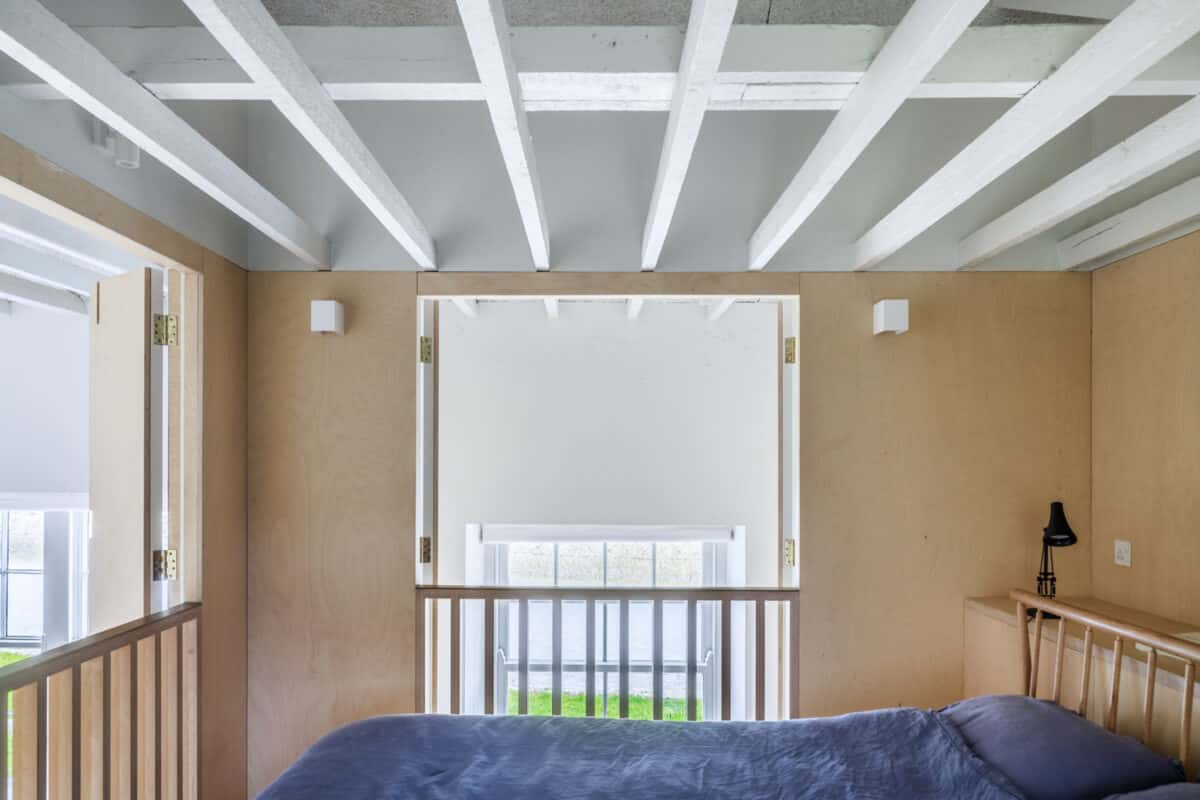
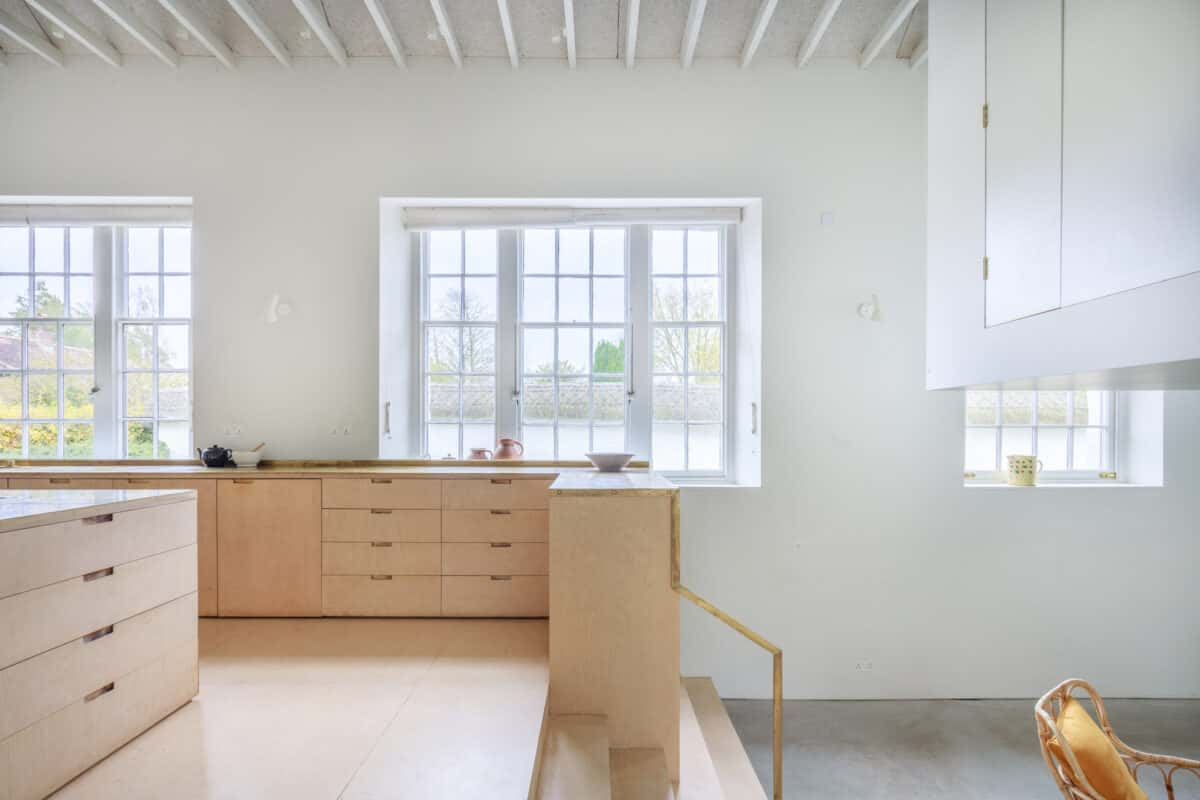
“It soon became apparent that they wanted to make use of the entirety of the existing space. In order to do so, the interiors would have to be stripped right back to the original walls. Beneath the Victorian floorboards, we discovered an extra metre of floor space and, once the false ceilings had been removed and the structure of the roof exposed, we found there was enough room to insert a mezzanine level at one end. At the other, the kitchen remained double height.
“The mezzanine holds two bedrooms and a bathroom that are accessed via a concrete stairwell, which is hidden behind a wall made from recycled wood and concrete blocks. Cleverly, the architects have hung the mezzanine level from the roof structure: there are no supporting pillars on the ground floor, so the view through the living space is entirely uninterrupted. From one of the bedrooms you can open up an internal window and look down into the kitchen. That’s the room I enjoy sleeping in most.
“We have stuck to simple materials throughout. The exposed blocks we have behind the woodburner are traditionally used as insulation; I wasn’t at all sure about the idea initially, but I was assured that if I didn’t like it, the plasterers could simply cover them up. Of course, as soon as the wall went up, we loved it. It’s incredibly tactile and it makes a beautiful feature in the more intimate living space.
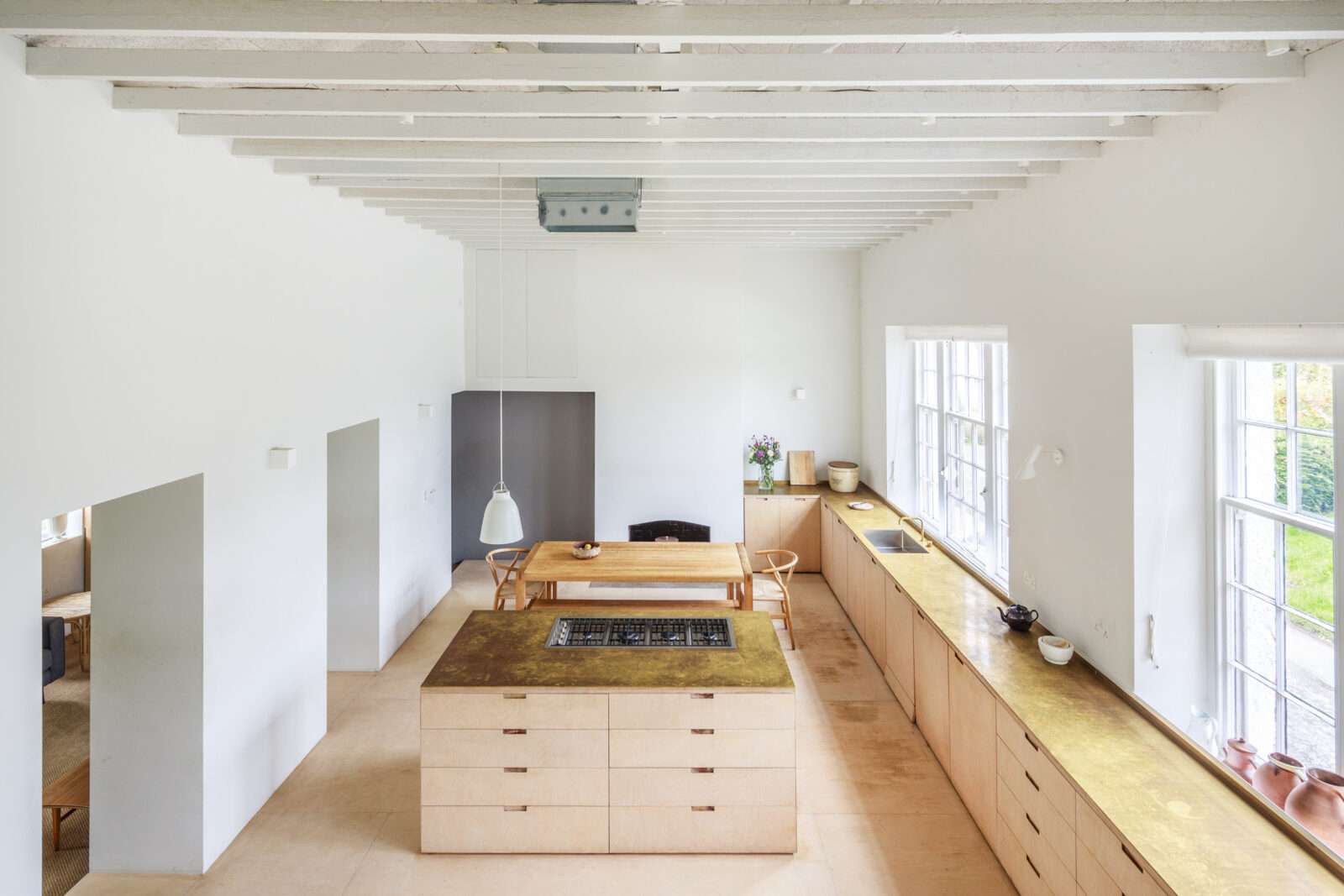
“In the kitchen, we eventually settled on brass work surfaces. When they first arrived, I thought I’d made a terrible mistake: they were so bright and shiny – they made the kitchen look like something out of a 1970s James Bond film. But, over time, they have developed a beautiful patina. We aren’t at all precious about them: you can chop a lemon on them and they will pick up all sorts of wonderful marks.
“The walls throughout are painted ‘Strong White’ by Farrow & Ball. It’s a wonderful pale colour that changes with the light. In fact, we’ve hung very little on the walls here because the shifting light is just so lovely to watch. We’ve introduced colour through textiles instead.
“Before moving to Kent, I lived in Ladbroke Grove. I spent a lot of time at Portobello Market, accumulating far too much stuff! After a while, I started getting up at 5am to set up my own stall – I just enjoyed the whole process of sourcing and selling. We moved to Kent when the children were young and I continued to sell antiques. Although I’m now retired, I still can’t resist going to auction houses.
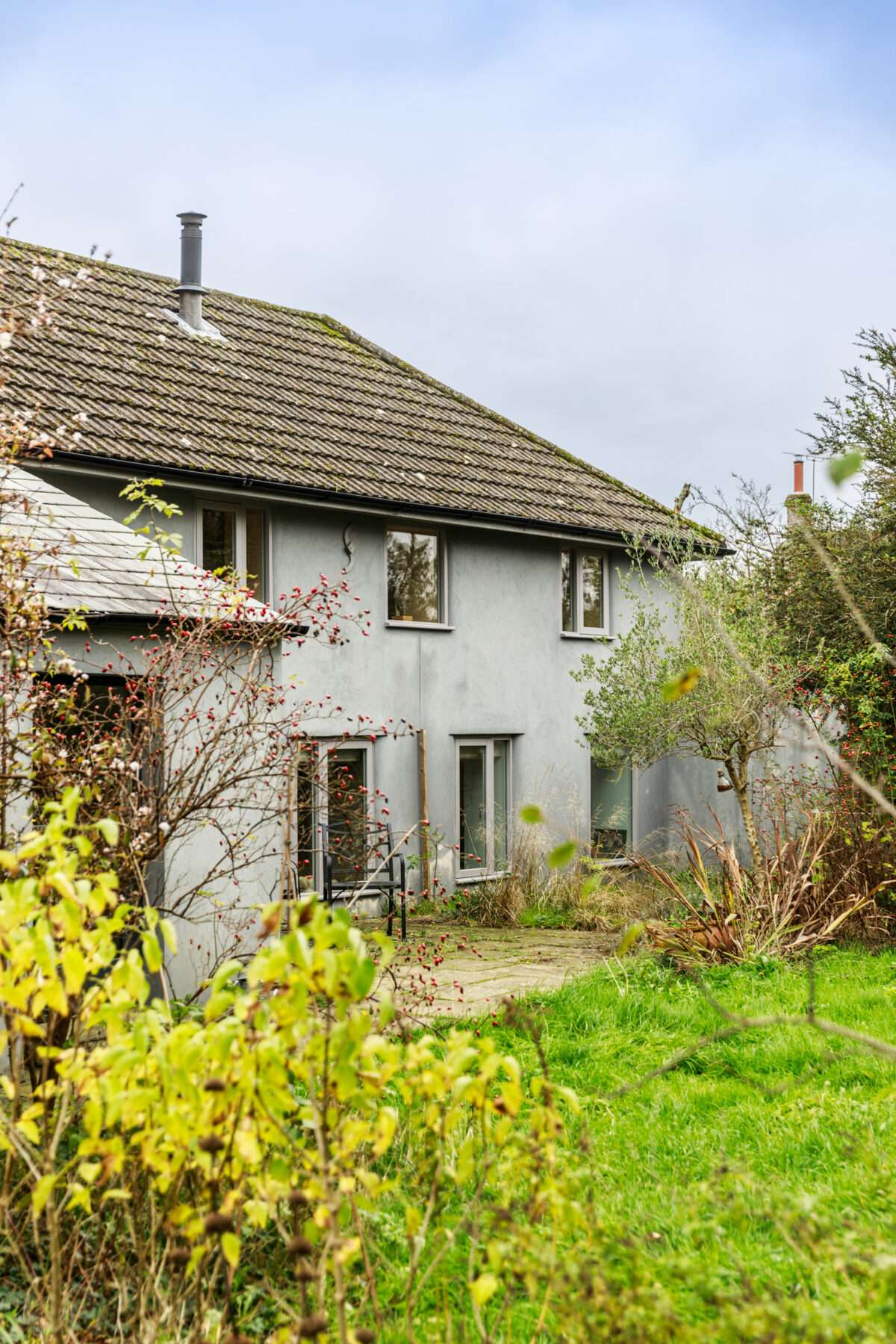
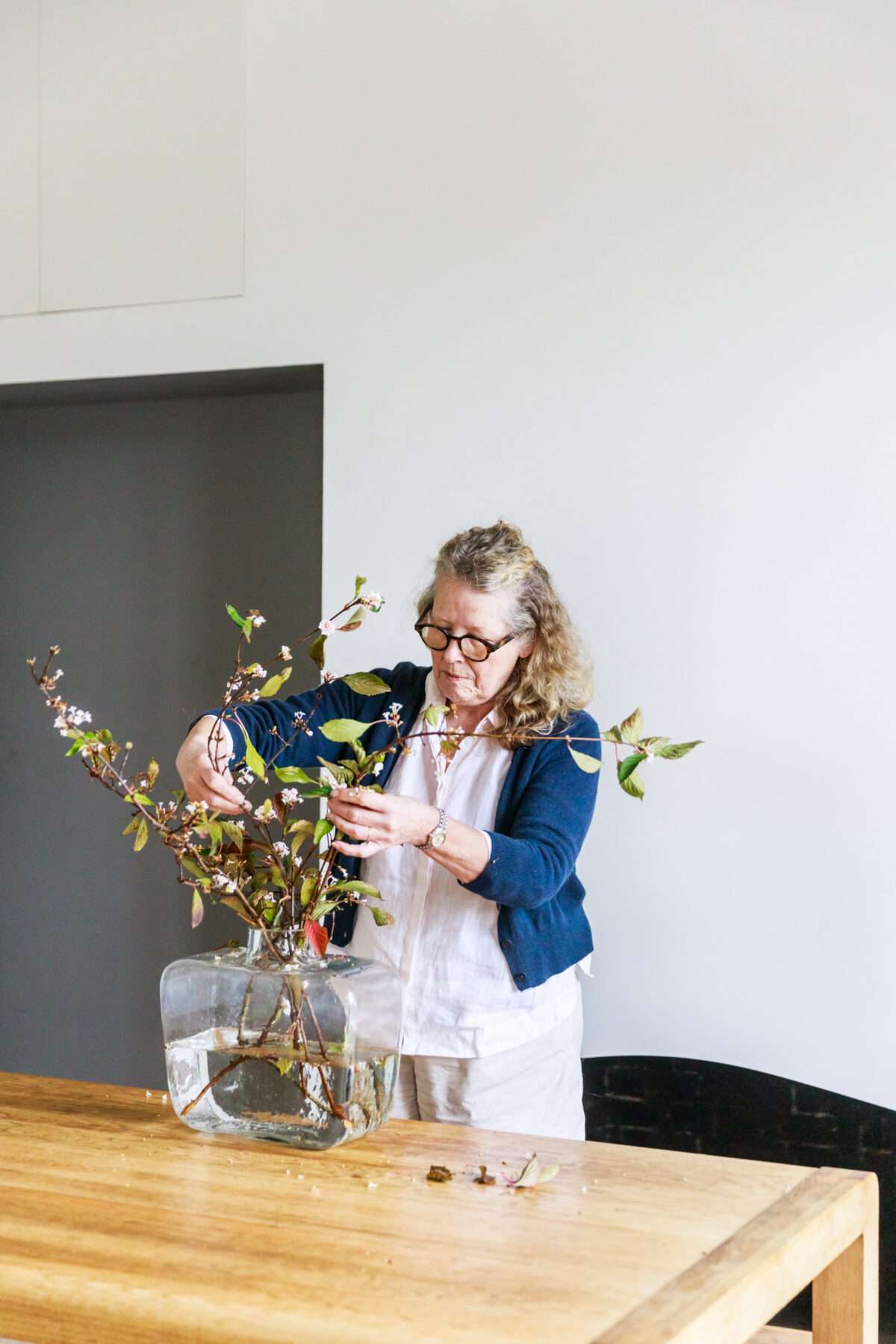
“Our home in Kent is a listed Georgian townhouse and it’s full of antiques, but here I’ve chosen mainly mid-century pieces that I’ve collected over the years: a Danish sofa, for instance, and Arne Jacobsen wall lights that I have loved forever. The artwork we have here is mostly made by friends. I’m a great fan of modern British art; we have a painting by Henry Lamb – an underrated artist on the periphery of the Bloomsbury group.
“Outside, there is a mature walled garden, which is my favourite place to be in summer. I often just lie on my back in the grass, watching the birds fly over. During lockdown, there were even local sightings of a white-tailed eagle. It’s an incredible spot for wildlife.
“Just behind the house is a path that leads up to May’s Woods – a woodland created by Queen’s Brian May. Brian is passionate about protecting badgers, so he has planted 100,000 trees here in order to create a safe habitat for them. In Bere Regis we have Wild Woodberry, which is another hugely successful community rewilding project. And 12 miles south is the Jurassic coast. We really are surrounded by incredibly beautiful, wild and open natural environments and I hope that whoever chooses to live here will be able to explore and enjoy them for years to come.”
